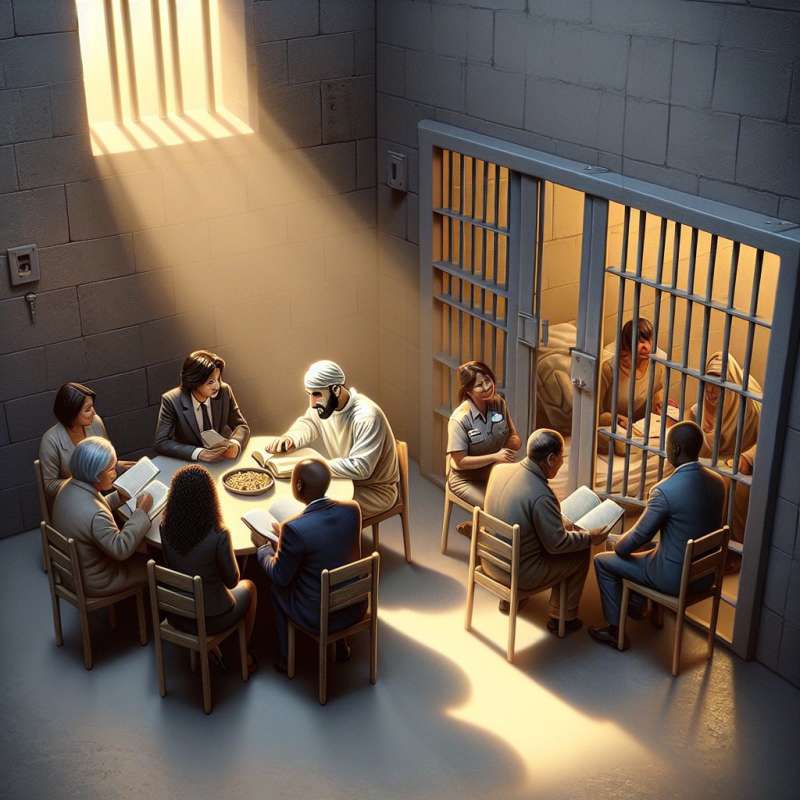
Early Prison Reforms
18th-century reformers like John Howard exposed unsanitary conditions and brutality in prisons. His work prompted the Penitentiary Act of 1779, establishing secure and sanitary structures with inspection regimes.
The Auburn System
Early 19th-century America saw the Auburn system promote silent congregate labor by day and solitary confinement by night, aiming to instill discipline and prevent inmate corruption.
Eastern State Penitentiary
Contrasting Auburn, the Eastern State Penitentiary, opened in 1829, enforced complete isolation, believing solitude led to penitence. However, this led to significant mental health issues among inmates.
Rehabilitation Movement
Mid-20th-century reforms emphasized rehabilitation over punishment. Education and therapy programs aimed at reducing recidivism became central to the prison experience.
Rise of Restorative Justice
Recent decades have seen a shift towards restorative justice, focusing on repairing the harm caused by criminal behavior through offender-victim dialogue, often resulting in lower recidivism rates.
Incarceration Alternatives
Alternatives to incarceration, such as community service, electronic monitoring, and drug courts, reflect modern reform movements' aim to balance public safety, rehabilitation, and the overuse of imprisonment.
Contemporary Challenges
Despite reforms, mass incarceration, private prisons, and systemic inequalities persist. Discussions continue about how best to humanize criminal justice while effectively deterring crime.
Who influenced the Penitentiary Act of 1779?
John Howard, 18th-century reformer
Auburn system founder, 19th century
Eastern State designer, 1829
Company